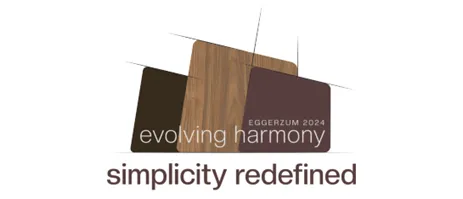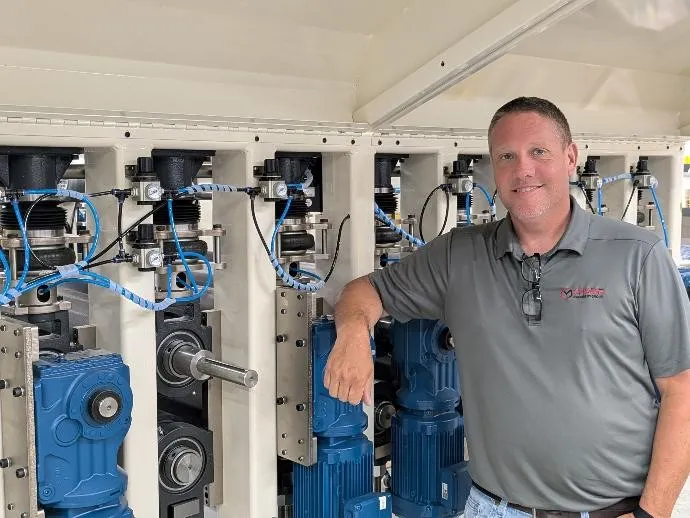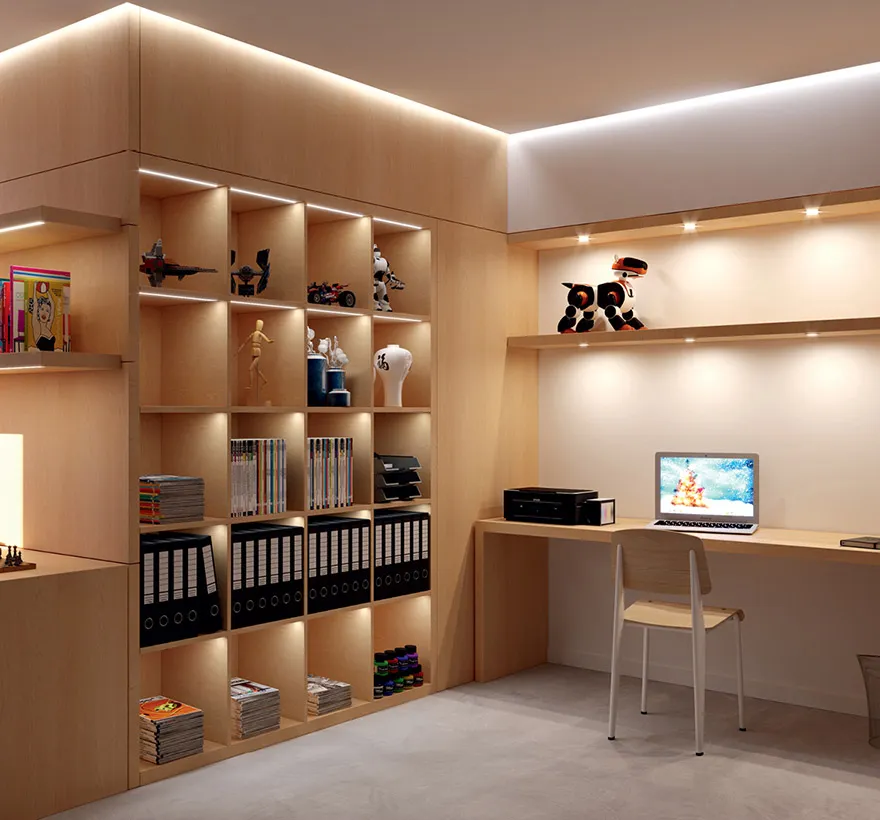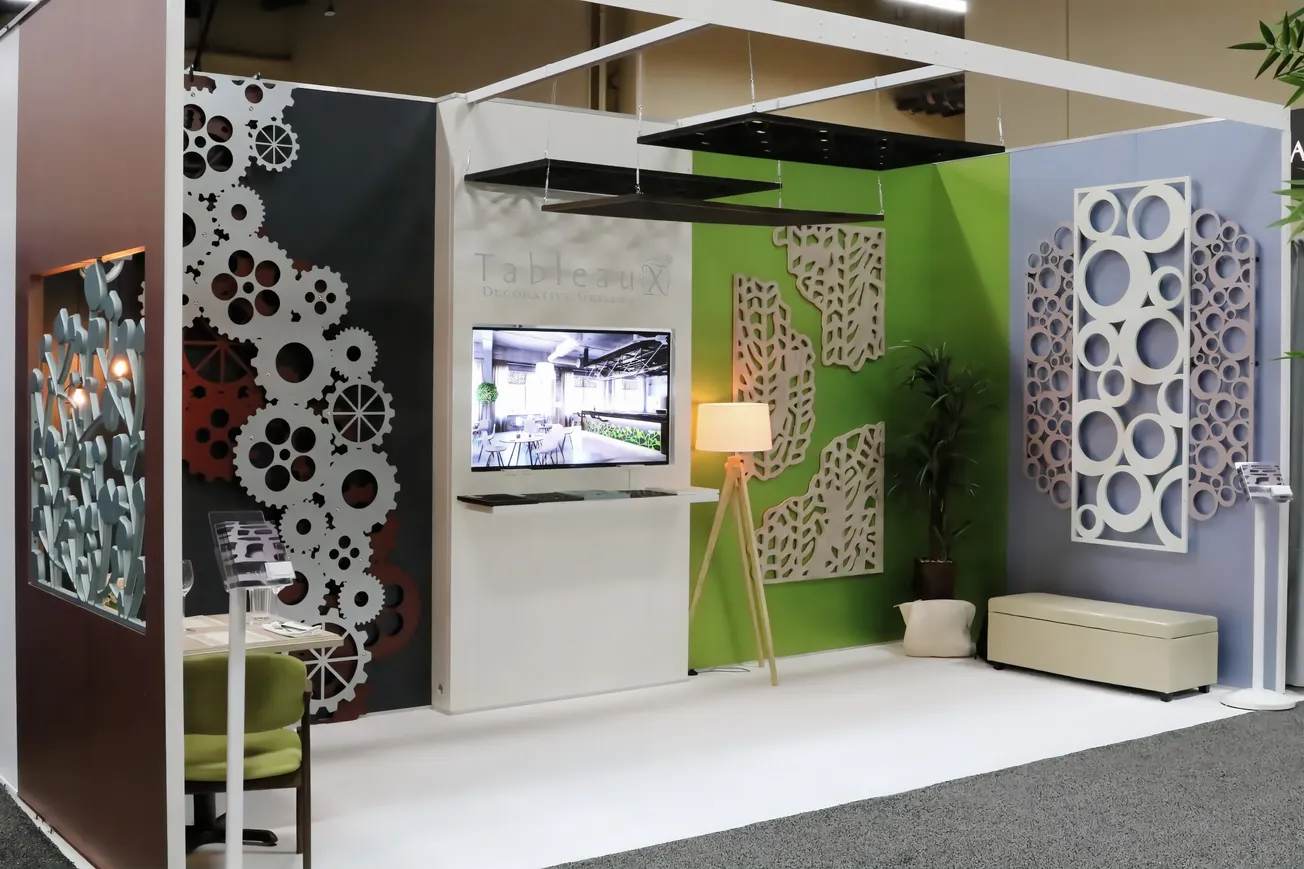Table of Contents
Slow But Steady Growth Seen in Office Furniture
BIFMA Official Notes Interest in Embossed In Register, Digitally Printed Laminates
By Jim Leute
Better balance sheets, better sales.
That’s what the trade association for business and institutional furniture manufacturers is experiencing.
The industry is “reasonably healthy,” said Dan Tuohy, past president of the Business & Institutional Furniture Manufacturers Association and chief executive officer of Tuohy Furniture in Chatfield, Minn.
“We are experiencing our sixth to seventh year of modest recovery following the 2008-’09, and companies continue to grow.”
BIFMA, the voice of the commercial furniture industry, forecasts lower single-digit growth in 2016 and a slight improvement next year.
Tom Reardon, the group’s executive director, said U.S. office furniture shipments were nearly $2.4 billion for the first quarter, a 2 percent increase over the same time last year.
Surface & Panel recently caught up with Tuohy to discuss the state of the market.

Q: What’s new in office furniture and fixtures?
A: “The market is trending toward a more casual workplace experience and style, featuring a blend of traditional office and a more residential-feeling atmosphere,” Tuohy said, adding that customers are including more lounge areas, places for brief touchdown meetings and informal gatherings.
“The trend is toward offering employees a choice in where and how to work, acknowledging that there is no one-size-fits-all answer,” he said. “Sometimes, a collaborative environment is required; sometimes, one requires privacy for concentration and execution.”
The trend is generational and accommodates both introverts and extroverts, Tuohy said.
It’s also a trend born in part with small technology start-up companies that didn’t routinely have furniture budgets.
“Sometimes, they planned on two to three years of work (before taking a product to market),” he said. “Also, the workers tended to wanted to share and collaborate to develop product enhancements, code sharing and symmetry in format.
“We see this now branching out to other business models, including law firms. The need to hire and retain the correct talent coupled with the increased understanding of how the ‘environment’ (office plan) affects productivity is bringing this to a broader base.”
Q: Who is driving those changes?
A: “The design community and end-user studies,” Tuohy said. “Employers are looking at how they acquire and retain the best talent. As the workforce changes generationally, we are seeing different expectations from the employee. The form and function of the ‘office’ is changing.”
Q: How is the commercial furniture industry responding?
A: “The industry is responding with new products,” Tuohy said. “We are seeing the mingling of a residential look and feel with the quality needed for the contract segment.”
Tuohy said the two most recent “Best of Show” products at NEOCON, including one from his own company, introduced new thoughts on how space is used.
“Now we have private space and collaborating space that intermingle depending on the current needs of the employees,” he said.
That’s evident from some of the recent acquisition activity involving major industry players such as Holly Hunt, DRW, Poltrona Frau and JANUS et Cie.
“As these products are introduced into the contract distribution, the lines become less evident,” Tuohy said, adding that the mingling is enhanced by softer seating as well as other products.
“The amount of laminates that are used in both residential and contract work is increasing as seen in the embossed in register and digitally printed laminates being reviewed by contract furnishing designers,” he said.
“These products are being placed in the office environment more and more frequently.”
Q: Are there any hot or soft segments within the industry?
A: “Obviously, the cubicle segment is shrinking,” he said. “This is still a large segment but only half the size of what it once was. Conversely, we are seeing a growth in the ‘residential’ feel products.”
Q: What’s the general perspective from your own company, Tuohy Furniture?
A: “We started in the mid-1950s making wood church furniture, and we continue to evolve as we see the market evolve,” he said. “While we continue with our casegoods, we have increased our conference table offering and upholstered seating.
“We see that many more materials are being specified, including back-painted glass, new types of laminates and solid surface materials.”
Tuohy said his company introduced a cement-textured base for its Tryg tables at the recent NEOCON in Chicago.
The company also used a soft-feel top on tablet arms and work surfaces on its new Leit seating line.
“We continue to integrate these products into our product development stream and look at how we can accommodate the designers’ and end users’ needs,” he said. “While the market is changing, we are excited about the potential it can bring us.”






